QuestionWe just got a 10-pound Victorian Bulldog puppy (8-weeks old, female). We already have a 4-pound Maltese (1 yr old, male). Everything was fine for the first day but now I don't kbnow whether they are playing or fighting. They jump on each other and the Maltese growls. The Maltese likes to jump on her back and bite her tail. I think that they are playing because no one is yelping but then the Maltese is growling. Is this playing or fighting? Should I let them continue or intervene?
AnswerWe just got a 10-pound Victorian Bulldog puppy (8-weeks old, female). We already have a 4-pound Maltese (1 yr old, male). Everything was fine for the first day but now I don't know whether they are playing or fighting. They jump on each other and the Maltese growls. The Maltese likes to jump on her back and bite her tail. I think that they are playing because no one is yelping but then the Maltese is growling. Is this playing or fighting? Should I let them continue or intervene?
Answer: It depends. Without actually seeing the body language this is not a straight forward question. In general there is a socialization period. the dogs have to establish who is the dominant and who is the submissive. The smaller dog is going to object to having a another dog 2 1/2 times its size jump on it, just as you would object to a horse jumping on your foot. In a socialization setting it is best to bring the two dogs together in a controlled environment. In training class we do this on lead so the dogs are limited in the amount of physical touching until everyone sniffs out and agrees they are friends.
If the issue is surely dominance, you can choose to let them decide, or to try and intervene. Intervention is not always useful if the dominant dog is truly Alpha personality, it will eventually try to best the other dog. Play fighting is usually with an open jaw (mouthing) where dominance setting is with nipping or biting. Again this has to be determined by observation and interpretation.
I would suggest you limit their play time to supervised periods only until the socialization process develops. It is also important to give the original dog as much attention as before adding the second dog, and to also show significant affection to the new dog. The new dog is looking for guidance, and will create its own if that is lacking. Be sure to play with both dogs at the same time, but limit rivalry. Give individual attention as appropriate. Be sure to reward good behavior with verbal "good dog" a toy or treats. Keep in mind rewards must be within the 3 second short term memory period of the dog.
We have both large dogs (Doberman, Rotts, Greyhounds and small dogs (Beagles, Bassetts) and 10 cats. We have a new Beagle puppy who wants to play with everyone else. The other dogs know not to play hard with the cats, the new dog hasn't learned that yet, so he gets a squirt from the water bottle when he attacks one of the cats. He's getting better but still wants to play flight with the bigger dogs. But the dogs recognize his puppyhood and don't play hard.

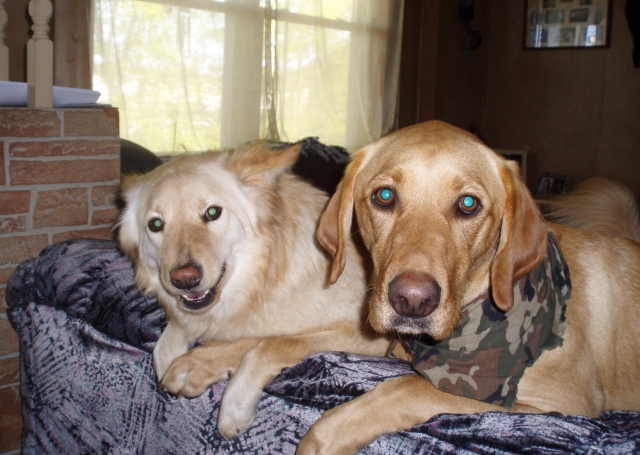 Snapping/Snarling problem
Question
Gypsy and George
We have an 18 month old pure
Snapping/Snarling problem
Question
Gypsy and George
We have an 18 month old pure
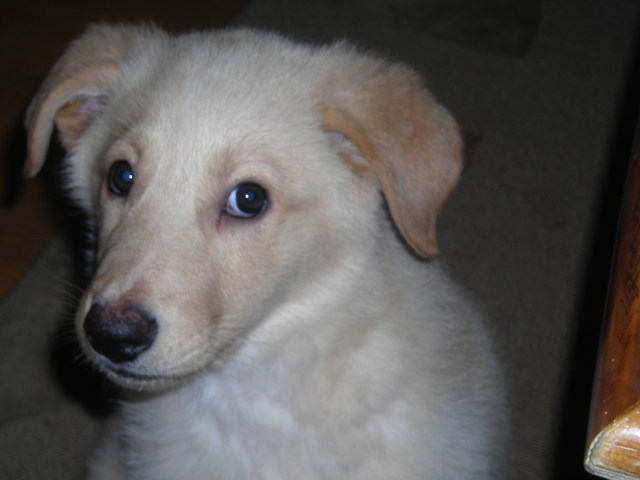 housetraining
QuestionQUESTION: We have a 10 week old retriever/colli
housetraining
QuestionQUESTION: We have a 10 week old retriever/colli
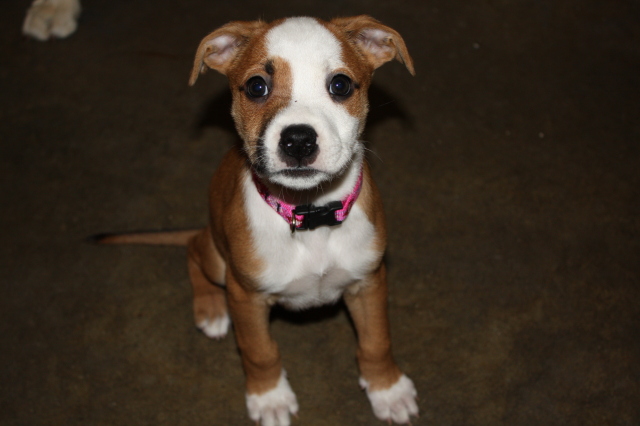 agression
QuestionNew Pup
QUESTION: I am so totally at wit
agression
QuestionNew Pup
QUESTION: I am so totally at wit
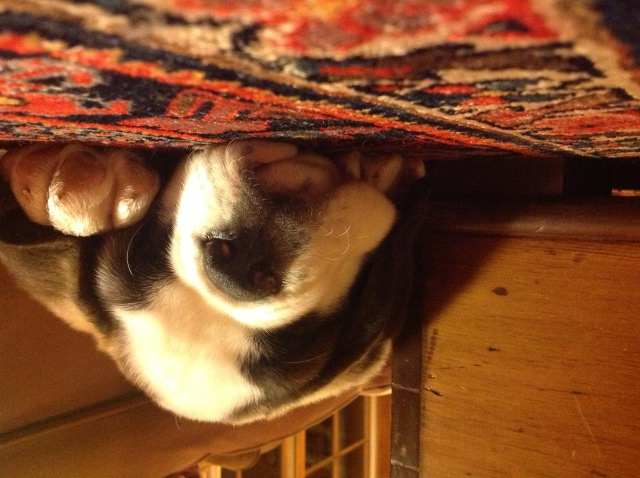 puppy is shy - is this a deal breaker?
Question
Our baby!
Hi there - First of all, tha
puppy is shy - is this a deal breaker?
Question
Our baby!
Hi there - First of all, tha
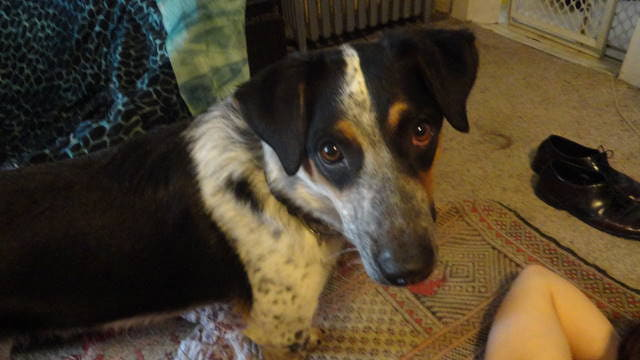 A doting mother in need of help!
Question
Chewy
In the past year I got a cattle d
A doting mother in need of help!
Question
Chewy
In the past year I got a cattle d